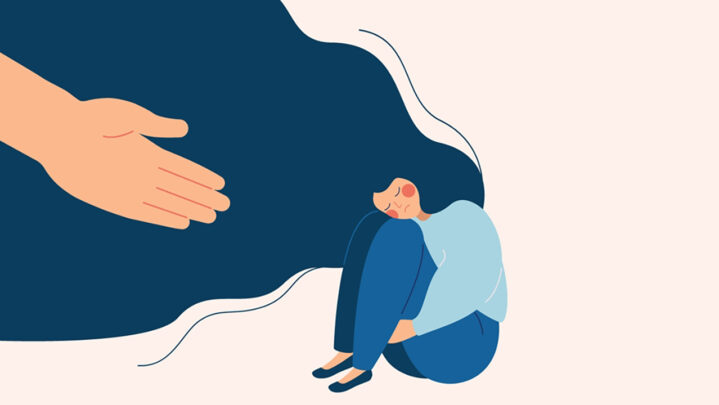Choosing to leave an abusive relationship is rarely as simple as walking through the door. Trauma bonds are emotional bonds developed with an individual on the basis of a repeated, cyclical pattern of abuse sustained by intermittent reinforcement through punishments and rewards.
A trauma bond usually includes a victim and an offender in a unidirectional connection in which the victim develops an emotional bond with the offender.
Here are the painful elements of an abusive traumatic bond
1. Period of Honeymoon
This is the period where he flatters her, compliments her, and everything seems like a fairy-tale. He seems like the perfect person. She develops a strong attachment to him. This is the beginning of Abusive Traumatic Bond (ATB)
2. Act of aggression
Subtly and gradually, the violence begins and rapidly escalates. It could begin with an argument in which he scolds her. Initially, it doesn’t seem like a big deal but the unpredictability of the violence continues.
3. Violence lessens
The abuse eventually begins to level off. The victim is more relaxed. This situation can last for a long time.
4. A sudden occurrence of violence
Suddenly, during a period of reduced violence, the built-up tension bursts and there is an eruption, frequently accompanied by a violent attack.
5. Revisiting honeymoon period
The abuser apologizes profusely or very soon after the serious violent incident, trying to seduce the victim into believing that he will never do that again. The victim believes the words of the abuser and continues to stay in the relationship.
The cycle of violence continues, solidifying the ATB
Domestic violence relationships are characterized by abusive trauma bonding. Many victims of domestic violence experienced significant childhood trauma, including having to witness violence between parents.
Keep reading successyeti.com
Also Read: How And Why Setting Boundaries Can Help In Healthy Relationships?





